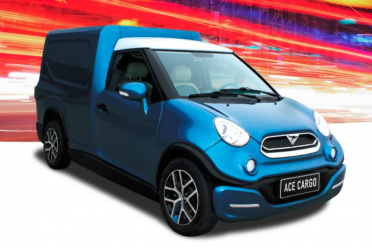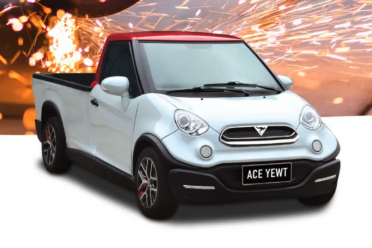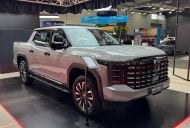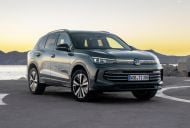The Federal Government has given Adelaide-based company ACE EV a boost.
The company will use its compact electric vehicles to investigate the benefits of bi-directional charging, where the large lithium-ion batteries in EVs are used to feed energy back into the power grid during periods of high demand.
Funding is coming from the Australian Renewable Energy Agency (ARENA) as part of its Future Fuel fund, which has invested heavily in bi-directional charging technology this year.
ARENA isn’t alone in funding bi-directional charging technology; the Clean Energy Finance Corporation (CEFC) has backed trials involved JET Charge and a Melbourne-made wall box from a company called Rectifier.
Tim Washington, JET Charge co-founder and CEO, has previously said bi-directional charging is one of the key cogs in encouraging electric vehicle uptake in Australia.
“We believe that through a combination of smart charging, demand response, ancillary grid services and vehicle to grid technology, we can make EV charging effectively free for Australian EV drivers within five years. That is our goal,” Mr Washington said.
ACE EV will investigate the technology using its locally-assembled ute (dubbed Yewt), cargo van, and hatch. All three vehicles are made of a flat-pack carbon-fibre composite chassis imported from China, and are assembled 13km north of the Adelaide CBD in Wingfield.
The chassis is made up of 17 parts, and there are almost 80 pieces involved in the bodywork.
Maximum range is 200km with a partial load on board thanks to its 33kWh lithium-ion battery pack, and maximum speed is 100km/h from the car’s 45kW electric motor.
Maximum payload is 500kg, and ACE says its cars will sprint to 50km/h in less than seven seconds. A charge at home will take up to eight hours.









